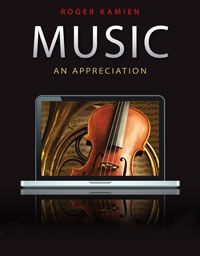1 A) the development of musical materials through random methods. B) rapidly changing dynamics and textures. C) a steady pulse, clear tonality, and insistent repetition of short melodic patterns. D) the use of twelve-tone techniques to organize the dimensions of music. 2 A) simplify writing original compositions. B) improve communication between the composer and the listener. C) capitalize on the popularity of earlier works. D) continue and develop serialist techniques. 3 A) Philip Glass. B) Milton Babbitt. C) George Crumb. D) Ellen Taaffe Zwilich. 4 A) spread of chance music. B) increased use of the twelve-tone system. C) continued composition of symphonies in the classical style. D) composition in which timbre, texture, dynamics, and rhythm are as important as pitch. 5 A) quartertones. B) tone clusters. C) macrotones. D) microtones. 6 A) chance music. B) minimalism. C) serialism. D) Klangfarbenmelodie. 7 A) writes a rhythmic pattern but leaves it to the performer to determine the actual pitches. B) takes a chance on which performers will perform the work. C) chooses pitches, tone colors, and rhythms by random methods. D) writes the music in a traditional manner, but allows the recording engineer to make changes.





